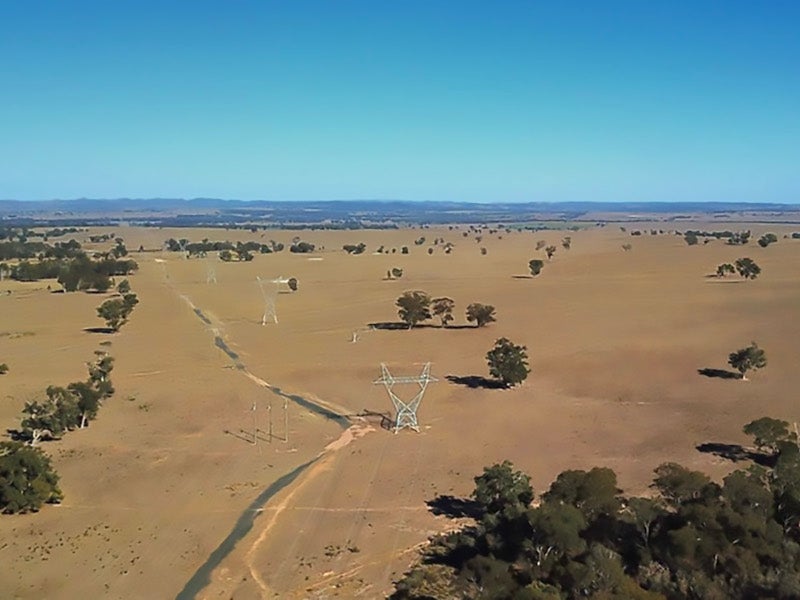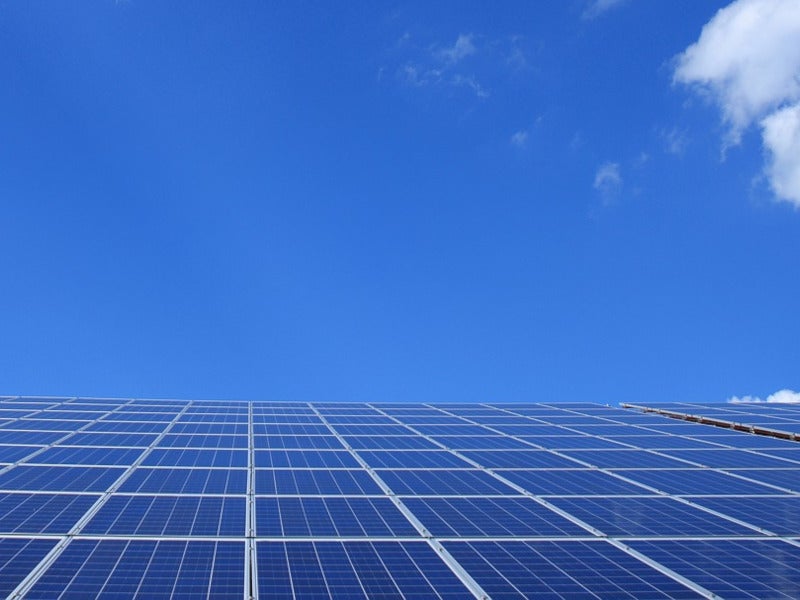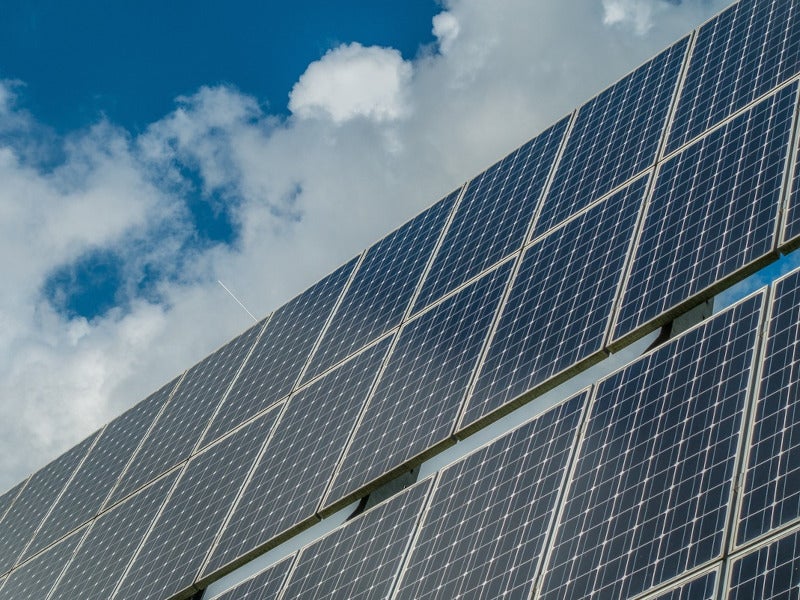The Stubbo solar and battery project is a 400MW renewable energy project being developed in New South Wales (NSW), Australia.
The project was originally developed by UPC\AC Renewables Australia, a joint venture of renewable energy development company UPC and AC Renewables (now ACEN), the energy platform of the Philippines-based business group Ayala.
The NSW Department of Planning, Industry and Environment (DPIE) approved the project in June 2021. ACEN acquired the joint venture in October 2021 through its subsidiary ACEN Australia gaining full ownership of the project.
ACEN Australia is investing A$800m ($517m) for the plant’s construction, which also includes a 200MWh battery energy storage system (BESS), enabling it to supply energy during peak hours and contribute to grid stability.
The final investment decision on the project was taken in November 2022. Construction of the power plant commenced in 2023. It is expected to be operational by the second half of 2025. It will generate 1,000GWh of electricity to power more than 185,000 Australian homes a year.
ACEN Australia secured a 20-year long-term energy service agreement (LTESA) for the project in the NSW Government’s first renewable energy and storage auction in May 2023. The LTESA will provide a minimum price for power projects for a period of 20 years and safeguards investors from low spot prices.
The project will generate approximately 400 jobs during the construction period. It will reduce carbon dioxide emissions by 600,000 tonnes a year.
Location details
The Stubbo solar and battery project is situated across 1,750ha of flat cleared grazing land in Stubbo, a small locality in the Central Western Tablelands region of NSW. It is situated northeast of Gulgong and about 115km east of Dubbo between Blue Springs Road and Barneys Reef Road.
The project lies at the centre of the NSW Government’s Central West Orana Renewable Energy Zone, which was identified to reach the government’s net zero emissions target by 2050. The area is under the authority of the Mid-Western Regional Local Council LGA.
Grazing activities will continue under and between the solar panels, which will provide shade and protection to grazing animals.
Stubbo solar and battery project details
The Stubbo solar and battery project will be installed with more than 930,000 ground-mounted solar photovoltaic panels composed of silicon-based solar cells.
The solar panels will be fixed on a single-axis NX Horizon-XTR™ tracking system that follows the Sun’s path providing maximum energy to the site. The NX Horizon-XTR™ tracker is ideal for the uneven and rocky terrain of the project site and reduces earthworks and pier lengths.
The panels will be installed in rows and have a spacing of 5m-12m between them. The solar cells in the panels will convert sunlight into direct current (DC), which will be converted into alternating current (AC) by power conversion units (PCUs) comprising inverters, transformers and ring main units. The PCUs will increase the voltage of the generated electricity from 11kV to 33kV. Each PCU will be 8m long, 2.6m wide and 2.7m high.
The electricity will be transmitted through underground cables housed in cable trays to an electricity substation comprising two main transformers and associated switchgear. The substation will transmit the power to an existing 330kV electricity transmission line located between Woller and Wellington, managed by TransGrid.
The project will also contain a BESS comprising lithium-ion type batteries, inverters and transformers. A heating, ventilation and air conditioning system to maintain the batteries at optimum temperature and active gas-based fire protection systems will also be part of the BESS.
A staff office, operations and control room, a workshop, supervisory control and data acquisition (SCADA) facilities and associated infrastructure will be part of the project.
Contractors involved
ACEN awarded the engineering, procurement and construction (EPC) contract for the project to PCL Construction, a consortium of independent construction companies that undertake projects in Canada, the US, the Caribbean and Australia.
Solar tracker and software solutions provider Nextracker was contracted to supply its NX Horizon-XTR single-axis tracker for the project.
Lumea, an infrastructure service provider, has signed the connection agreement for the project.
Engineering, architecture and consultancy company Ramboll prepared the project’s environmental impact statement (EIS)
Advisory services provider SCT Consulting prepared the traffic and transport assessment part of the EIS.
Professional services firm RPS prepared a scoping report for the project for submission to the DPIE.
Eco Logical Australia, an environmental consultancy, prepared the biodiversity development assessment report for the Stubbo solar and battery project.






